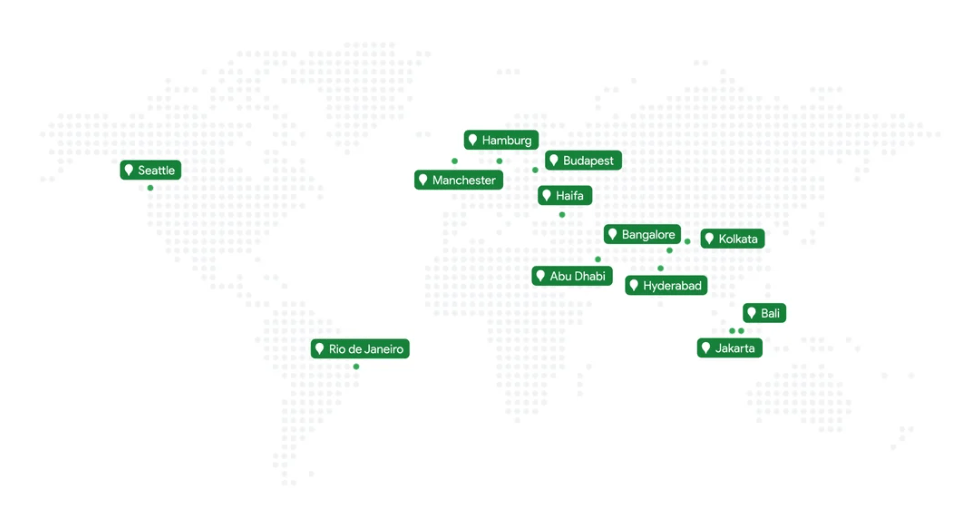
IT House News on October 10th, Google announced that the Green Light Plan has been implemented at 70 intersections in 12 cities including Haifa, Rio de Janeiro and Bangalore, helping save up to 30 million car trips per month fuel and reduce emissions, it will be rolled out to more cities around the world next year. Early data from the Green Light scheme suggests stops will be reduced by up to 30% and emissions at intersections could be reduced by up to 10%.
Please note: Estimates of stop reductions are based on early data points from Google’s analysis of traffic patterns before and after proposed traffic signal adjustments, which would be implemented during the 2022 and 2023 testing period

Improve flow at multiple intersections in a city.

The above is the detailed content of Google AI traffic lights expand to 12 cities and 70 intersections. For more information, please follow other related articles on the PHP Chinese website!




